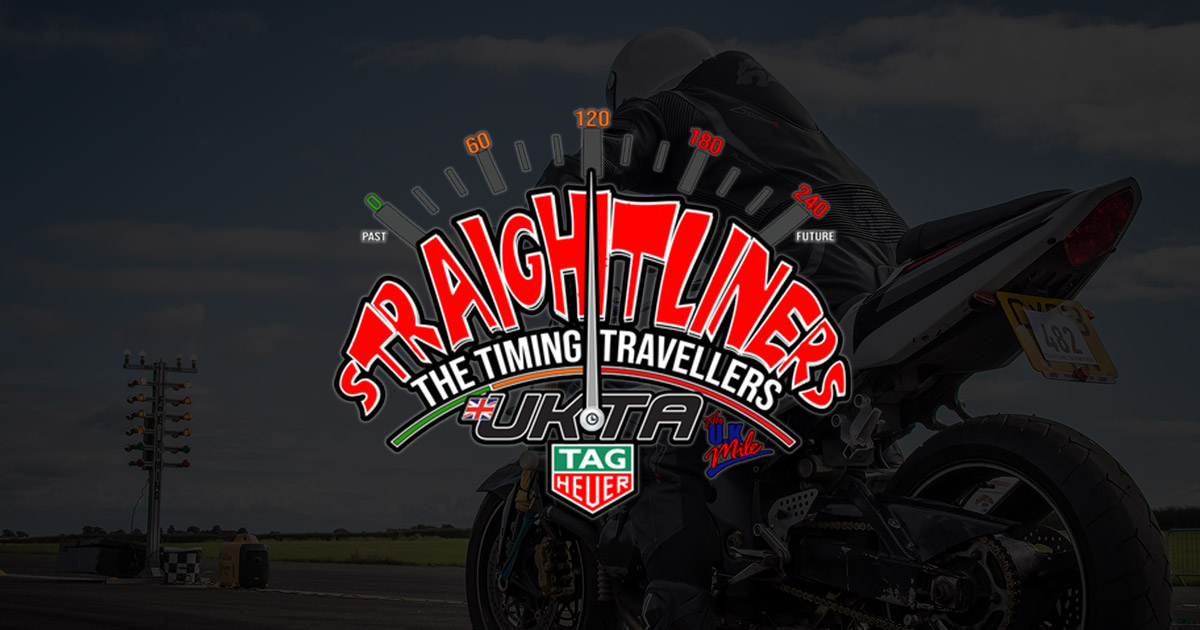
For many decades Straightliners has led the way in introducing riders and drivers to speed sports in this country without requiring demanding machine rules, just introducing those requirements necessary for participant safety.
In the 21st Century motorsport governing bodies now require event organisers to implement event and vehicle construction regulations for many with roadgoing vehicles, let alone those with modified or special vehicles.
Straightliners and sister company UK&ITA will maintain their “steppingstones” approach to vehicles being entered at events, in an era where superbikes and supercars are now often the ‘normal’ roadgoing vehicle.
Driver and Rider speed licences in four grades have been introduced. These will allow individuals to hone their skills with their chosen machine at test day ‘sprints’ over a distance up to 1 mile and at restricted sprints / drag racing on the ⅛ mile and ¼ mile.
The starting point and first stone are the Top Speed Testing (TST) day. This is your first step into the world of top speed racing. The organisers and crew strive to keep these events friendly with the minimum of officialdom because a newcomer may find a large amount of adrenaline flows once they reach the starting line. There are clear rules that are easy to understand. First time participants, be they riders or drivers need to leave at the end of the day thinking what a good event that was to enter. Some riders and drivers enjoy TST so much that they contest many more than a single TST event each year.
The second stone for those who now stay in motorsport with Straightliners and UK&ITA is a weekend one-run record speed event (1 – R – R) using the standing half mile and standing mile course. These events have to be a bit more formal than a TST, but the organisers hope to maintain the friendly fun element all the same. Should a rider choose to move from tarmac to a natural surface, Straightliners and UK&ITA has been able to use the natural and historical speed location of Pendine Sands in South Wales. Here the distance can often be longer, tides depending, with the course extending to 1.5 or even 2 miles under power. The Standing Mile has become a recognised discipline with Guinness World Records and is used by overseas racing organisations too, should riders or drivers travel to international events.
The third stone is attempting UK&ITA two-run average (2 – R – A) speed record over the standing half mile and standing mile course and, for the most experienced, the standing 2km course. There are 2 – R – A records awarded for the flying start distances of ½ mile, 1/8 mile, ¼ mile, 500 metres, and 1km. At these events the driver or rider will now know the track and its layout and features. They will know what speed their vehicle is capable of attaining and most importantly the feelings they receive from handlebars or steering wheel at sustained top speed. These events can be stressful, but for many the outcome is very rewarding, with an entry on to the UK&ITA speed records listing.
The final steppingstone could be a National British Land Speed Record Attempt (Motorsport UK or Auto Cycle Union) or even a World Land Speed Record, acknowledged by the FIA or FIM. For these the longest course lengths offered by a dry desert or a salt flat located across the world would be used. These are two run records where the second is made in the opposite direction to the first.